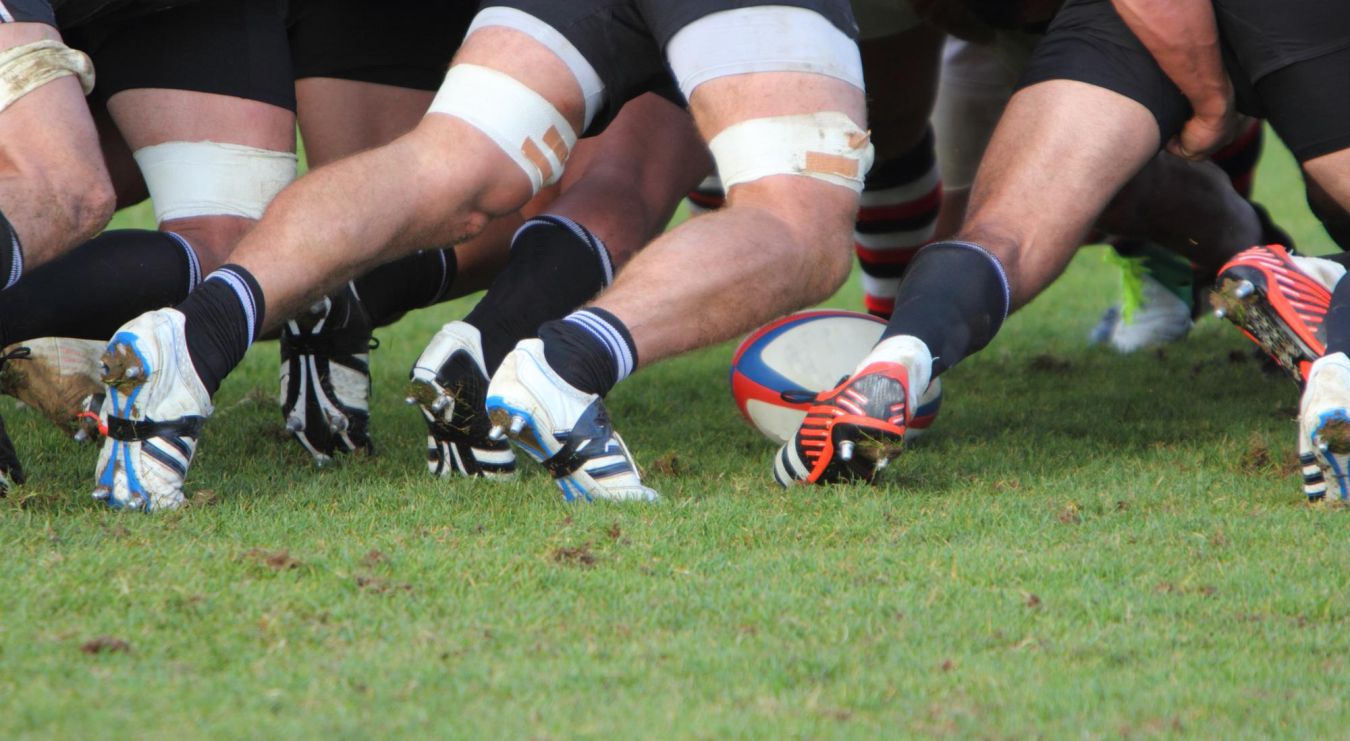
Contributors: Matt Phillip
Date published: 1 February 2019
Concussion in sport – the role of governing bodies
It seems likely that head injuries will continue to be a prominent issue in sports around the globe, following high-profile concussions and rule changes in competitions from American football to rugby union.
This article looks at some of the difficult practical and legal issues that governing bodies need to consider when addressing concussion in sport.
Lessons from sports governing bodies in the US
Recent developments in the United States highlight the risk that governing bodies face when it comes to liability for a player’s injuries. The NFL continues to be mired with litigation following a class action raised on behalf of former NFL players. The players alleged that the league had hidden the dangers of head trauma from them. A settlement was reached with the NFL in 2019 and is widely reported to be in the region of $1 billion, though disputes continue about terms of the settlement.
While it may be an expensive lesson, the latest statistics do suggest that the steps taken by the NFL are beginning to pay off. To take one example, this season the NFL introduced a rule preventing players from leading or initiating contact with their helmets on tackles. It was greeted with widespread confusion and criticism from players, coaches and fans because of the difficulties officiating the rule, but the NFL stood by the change.
Other contact sports have taken notice of the issues faced by the NFL. Governing bodies have implemented rule changes and issued guidance aimed at improving their sport’s response to head injuries.
The French Rugby Federation, for example, has proposed reducing tackles to waist height following the death of a Stade Francais academy player – the third young player in France to die following a rugby game in the preceding five months. As well as creating a safer playing environment, these changes may also reduce their legal liability and exposure to similar claims.
Who is responsible for athletes’ injuries and financial loss?
When a player suffers financial loss because of a head injury, the normal legal test for negligence is applied to decide whether a party is liable. This means asking:
- who owed the player a duty of care;
- whether their actions fell below the accepted standard; and
- whether the harm suffered was reasonably foreseeable.
Applying this test in practice is difficult. A number of different parties could potentially be liable for the damage caused by the head injury.
Participants
Players owe all other participants a duty not to cause them harm. However, this duty is tested against the rules of the game in question and the ‘playing culture’ of the sport.
In some sports, serious injury can be sustained even when the rules are followed. It may be difficult to prove liability unless there was conduct amounting to a “reckless disregard” for the player’s safety.
At the moment it is rare for a player to be able to meet a large damages claim, except at the elite end of well-funded sports. However there are indications that the landscape is changing, with amateur golfers routinely now carrying insurance.
Referees
In a 2003 case, the Court held that the referee of an amateur rugby match owed a duty to players to exercise reasonable care when enforcing rules that minimise the risk of injury. The referee allowed an inexperienced player to participate in the front row of the scrum. This breached the rules of the game and was held to be the cause of the accident. In that case, the Welsh Rugby Union had appointed the referee for the match and it was accepted that they were therefore vicariously liable for the player’s injury.
Governing bodies
Governing bodies are responsible for the laws and regulation of a sport. They can have many other functions; however, their potential liability stems from their control over the rules of the sport. In doing so, governing bodies often assume responsibility for determining appropriate procedures and controls to minimise the adverse consequences of injury.
To take an example, in 1991 boxer Michael Watson fought Chris Eubank for the WBO Super-Middleweight title. The referee stopped the fight in the final round when Watson appeared to be unable to defend himself – he had sustained a brain haemorrhage. It was then seven minutes before he was examined by a doctor and nearly half an hour before he made it to hospital. By this time he had serious brain damage that left him paralysed down the left side and with other physical and mental disabilities.
Watson sued the British Boxing Board of Control (BBBC) as the body regulating professional boxing in the UK. It took nearly a decade, but Watson was ultimately successful in his claim.
The court held that the BBBC had assumed responsibility for its members’ safety and had breached this duty by failing to inform itself about the risks inherent in a blow to the head, or provide the appropriate level of medical support during and after the fight.
How can governing bodies address safety concerns?
Many governing bodies can fairly be accused of having been slow to address the risks of concussion. However, the reality is that in the UK, with the exception of a few extremely well funded sports, most governing bodies are led by boards comprised mainly of volunteers. Even sports that receive significant government funding may lack the skills and resources to take and enforce proactive decisions across all aspects of their sport, from grassroots to elite competition.
We all, competitors and spectators alike, enjoy high-quality sporting experiences. It is easy to ignore the fragility of the responsible organisations, and easy to criticise “them” for failing to respond professionally when, in reality, they are often not professionals. In televised, elite sporting events we see only the tip of the sporting iceberg. Governing bodies must address all aspects of their sport. Concussion and safety is as much a risk in schools and amateur club rugby as it is in the Six Nations, perhaps more so because of the reduced medical support and monitoring.
Governing bodies must evolve the rules of their sport to address safety concerns as they arise. Often they manage insurance on behalf of the sport as a whole and will work with insurers to change the rules in response to the claims that arise. They are always looking backwards. In every decision they have to balance the management of risk and safety against the cost of participation in their sport and the cost of running the sport. Rugby players would be safer with helmets, body armour and a permanent senior medical presence at every game, but that must be weighed against the financial cost and the impact it will have on the sport.
We may criticise governing bodies for failing to react quickly to safety issues such as concussion. We may see increasing litigation and key officials being held personally liable for sporting incidents. However, we must also recognise that it will never be possible to eradicate the risk completely. The elements of contact sport that create this risk are often what make them entertaining to watch.
High-value litigation and media challenges following high-profile sporting incidents are inevitable parts of the sporting ecosystem, but we should be careful to recognise the danger of discouraging participation in sport and the obvious consequences that would follow.
Contributors:
Matt Phillip
Partner
To find out more contact us here
Sectors: Sport, Sport, Entertainment and Media
















